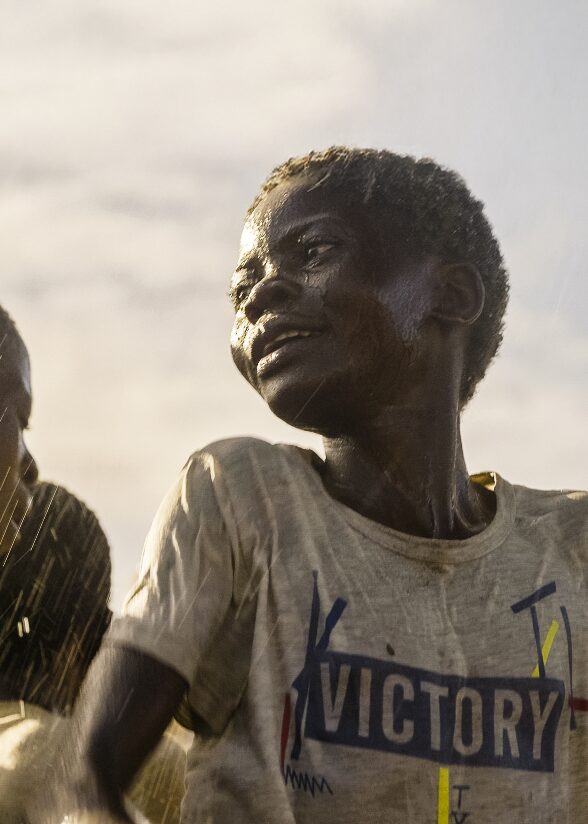

The impact of
clean water
Discover how progress flows when communities tap into clean water.


Discover how progress flows when communities tap into clean water.
The average Canadian uses 225 litres of water per day. In my three-person household, that adds up to roughly 675 litres daily—equivalent to about 4.5 bathtubs full of water. Living in Canada, which boasts the world’s longest coastline and vast freshwater resources, it’s easy to take our access to water for granted.
But for billions of people in the world’s most impoverished regions, clean water is a luxury—often a distant dream.
It’s hard to grasp the scale of this disparity from a global perspective. So what does water inequality look like when zoomed in on a single community?
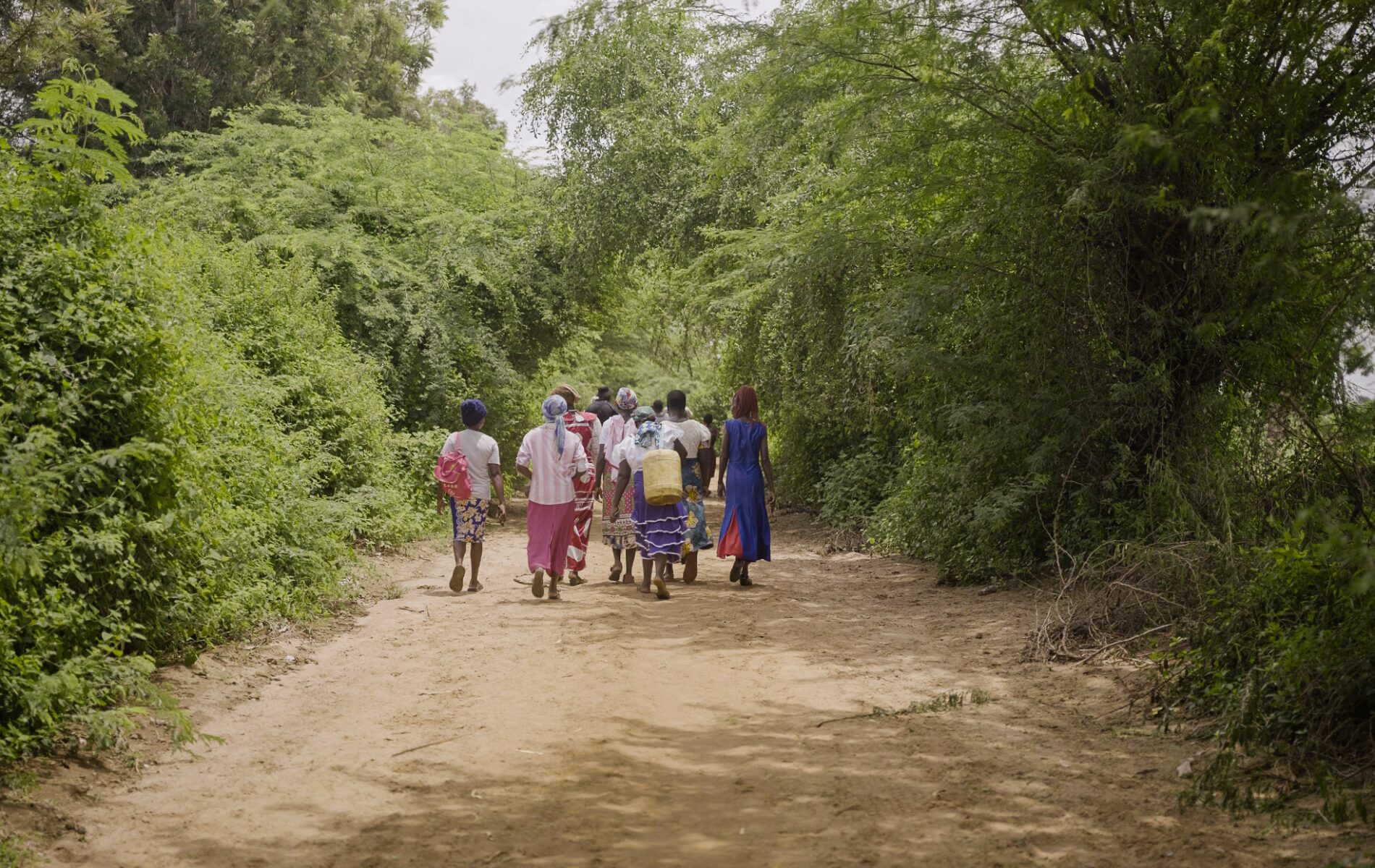
Hippos, crocodiles and the real cost of water
In Taveta, Kenya, families rise before dawn to begin the first of many treks to the nearest body of water—a journey that can stretch up to 20 kilometres.
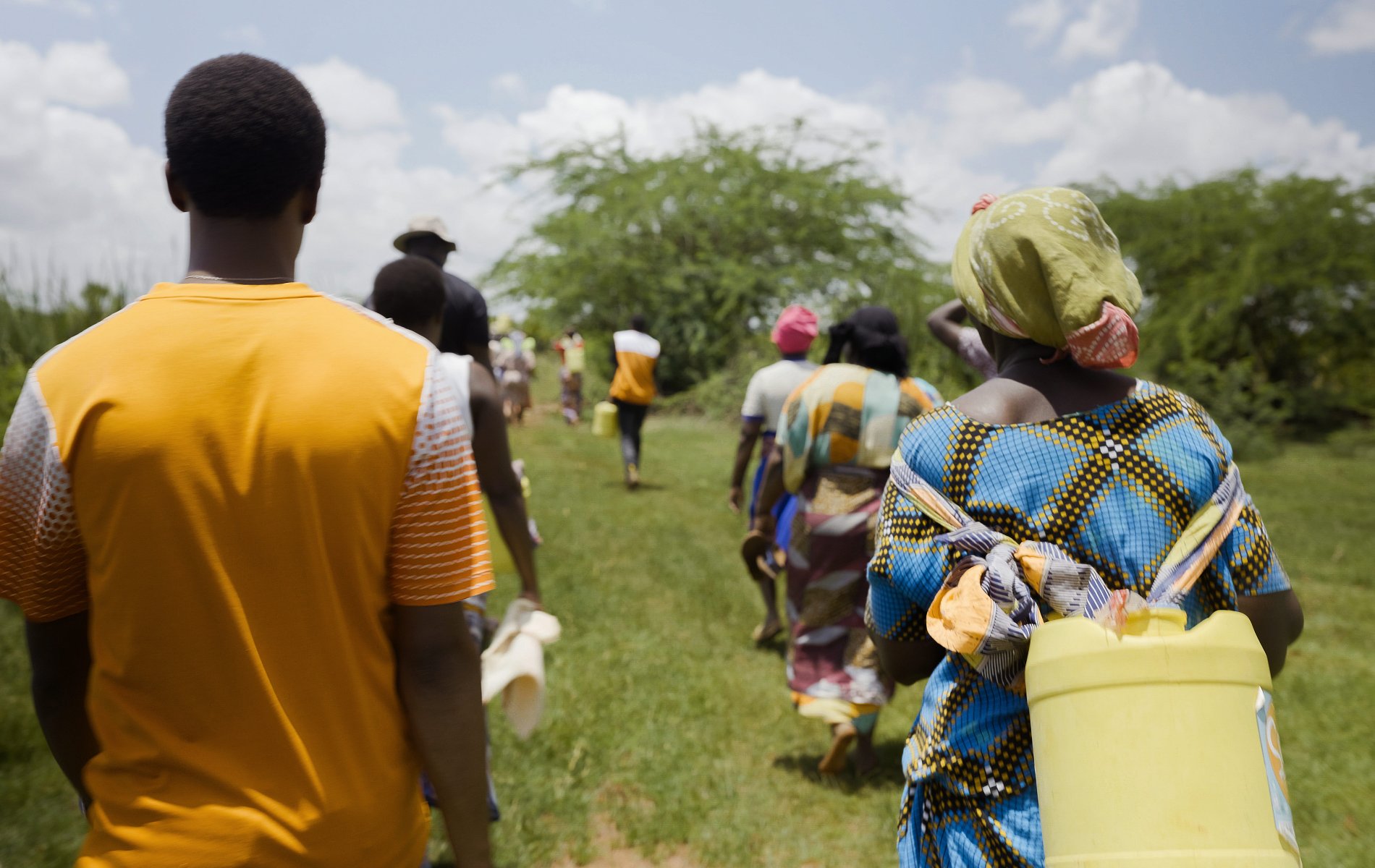
Over the course of a month, that adds up to more than 40 hours—an entire work week—dedicated to this arduous task.
That leaves little time for children to attend school, and for parents to earn a living or manage their households.
The time stolen by the walk for water leads to:
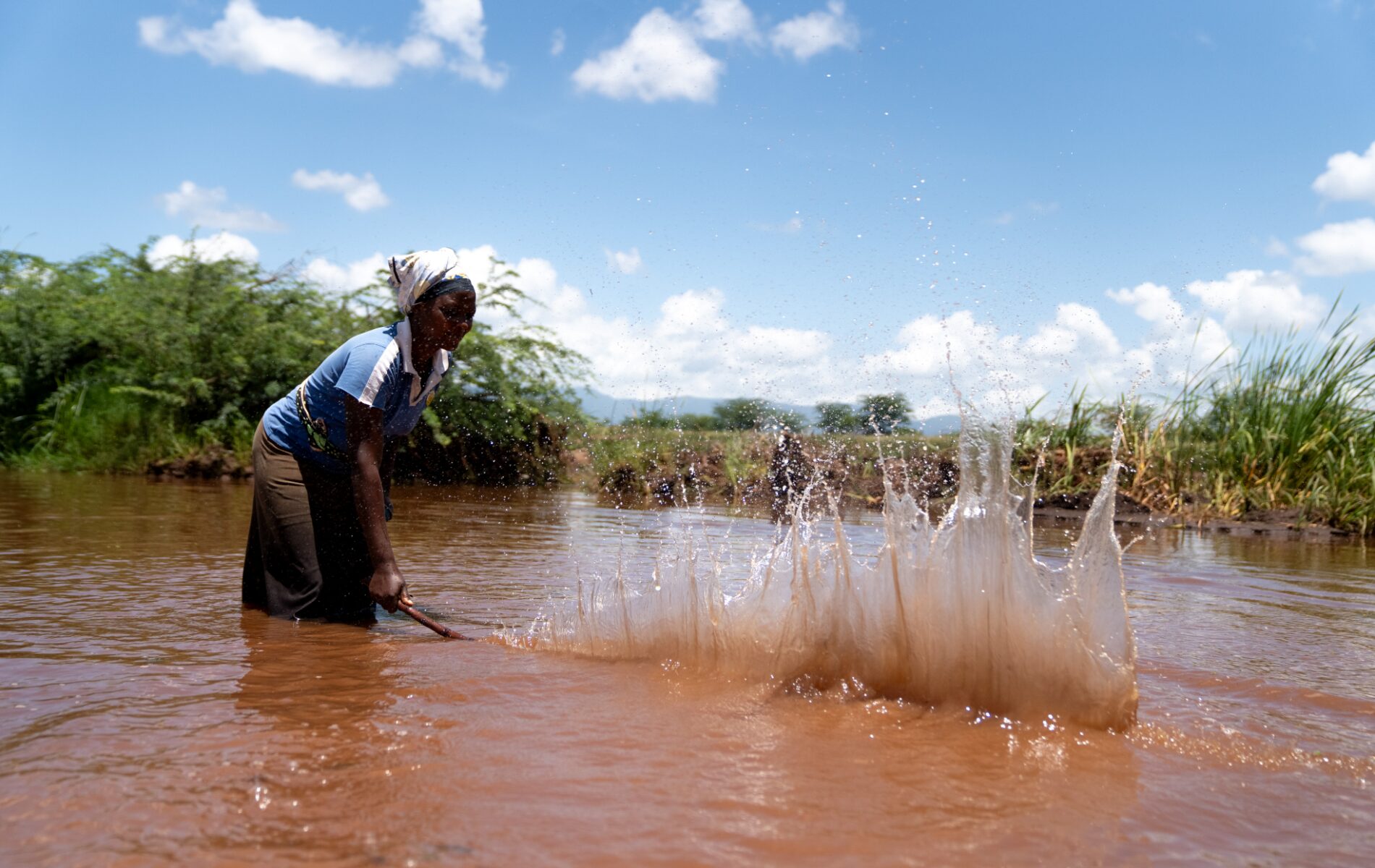
The walk for water also presents dangers of a different kind: wild animals. In Taveta, women collecting water 40 minutes away from their community strike the water with long sticks to scare away the crocodiles and hippos that lurk beneath the surface.
They’ve lost three children to wild animal attacks this year and they’re not taking any more chances.
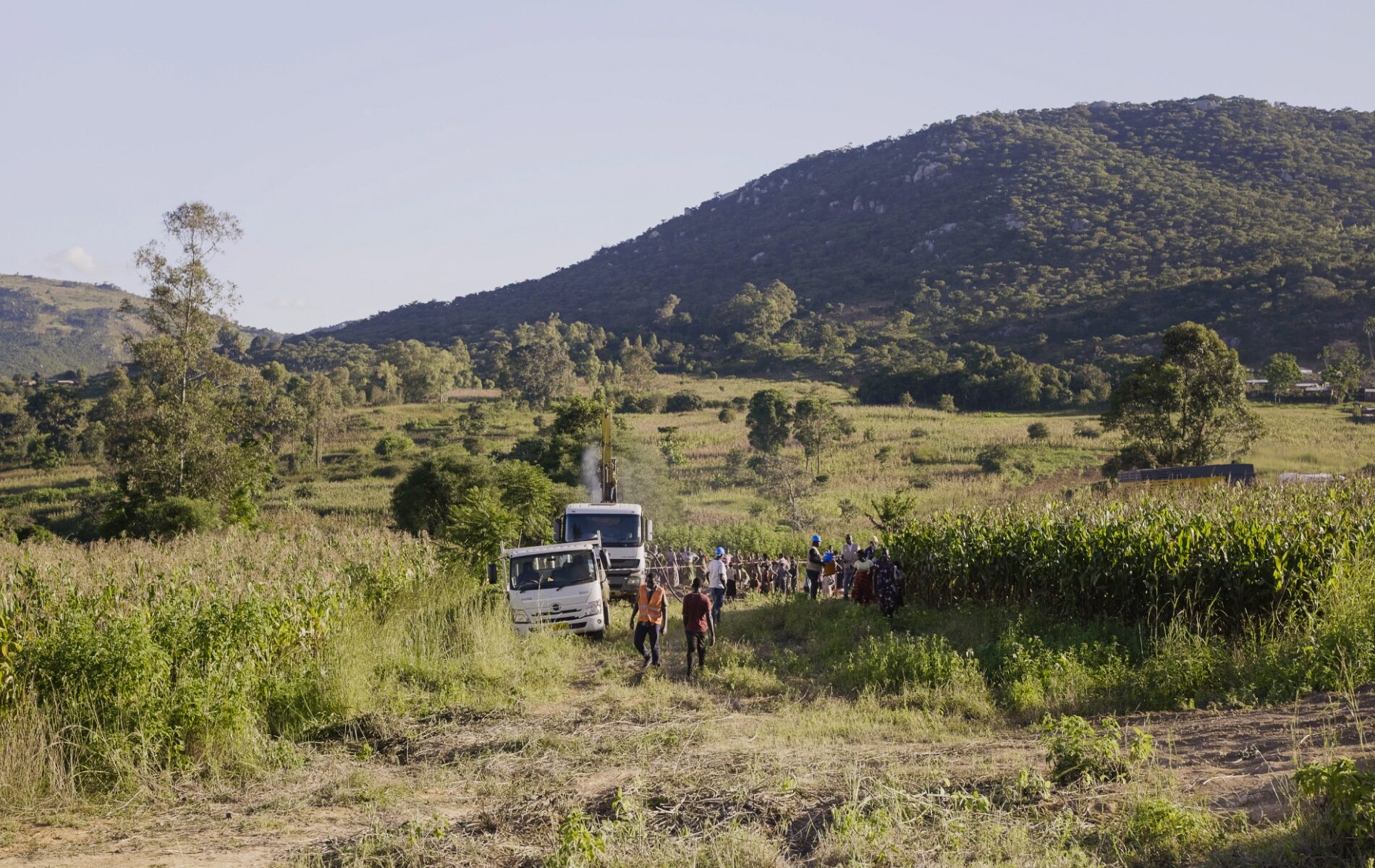
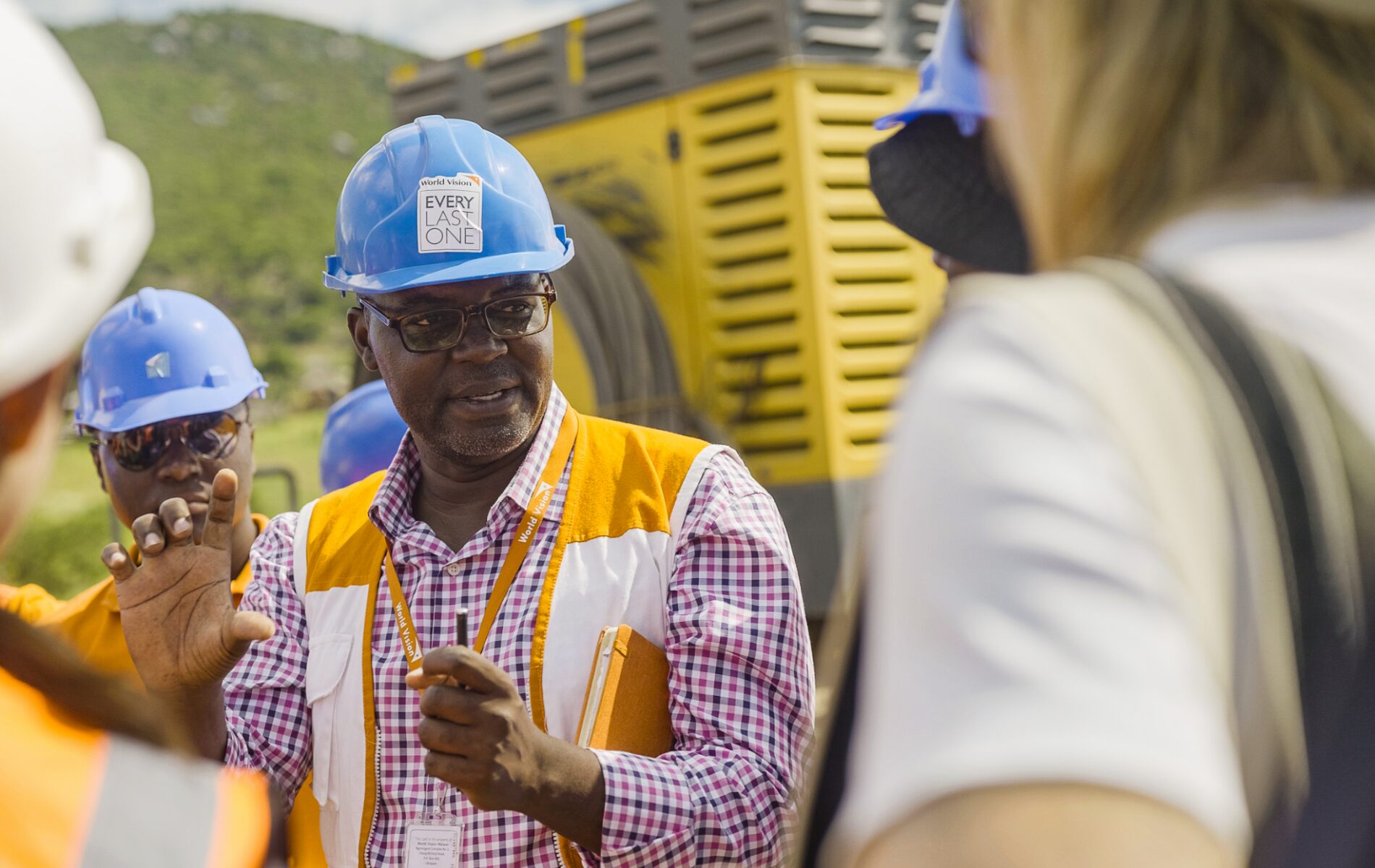
Turning the tide: The birth of a borehole
It takes years of expert planning, countless hours of research and deep community insight before equipment and workers are brought in to start digging a borehole.
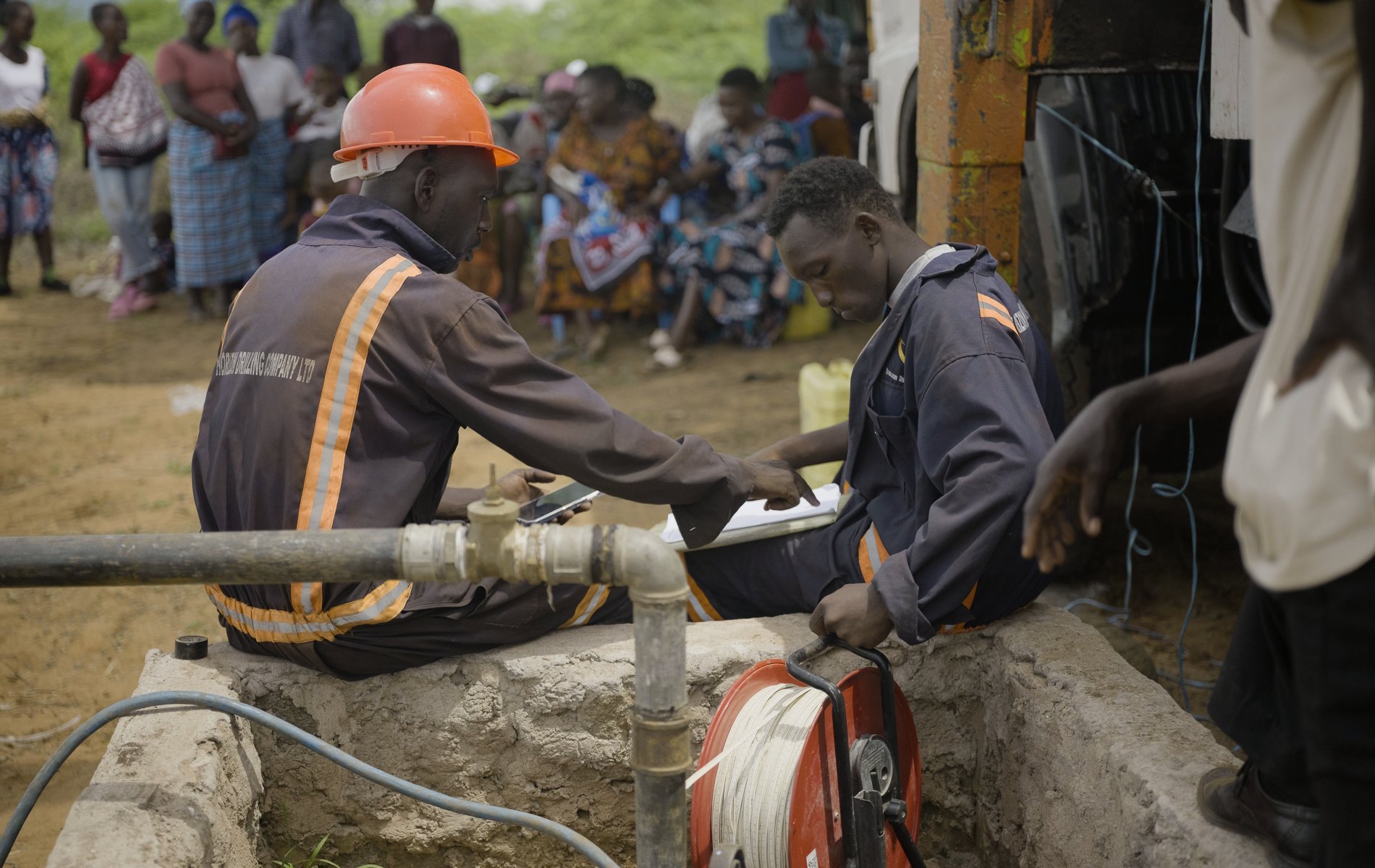
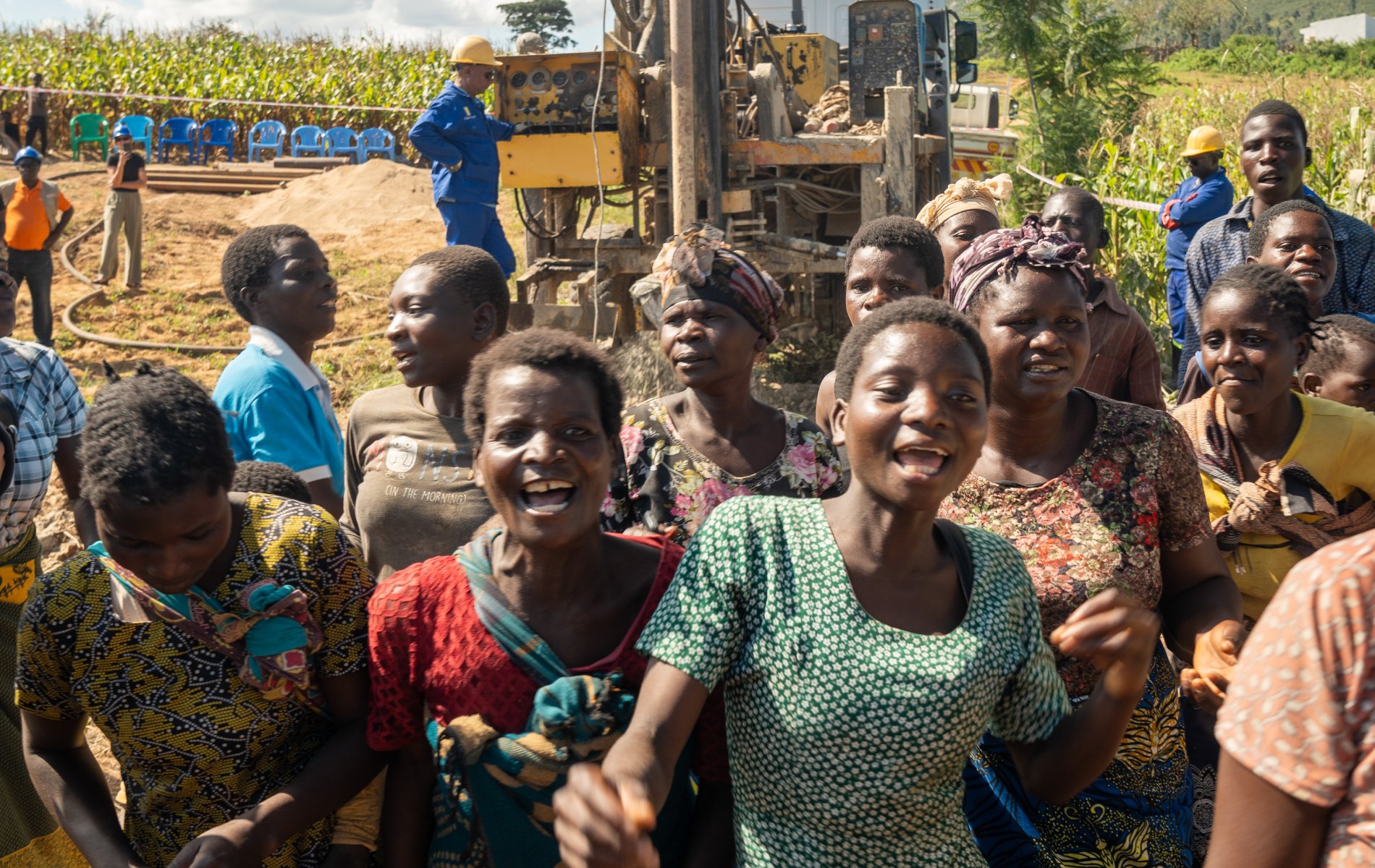
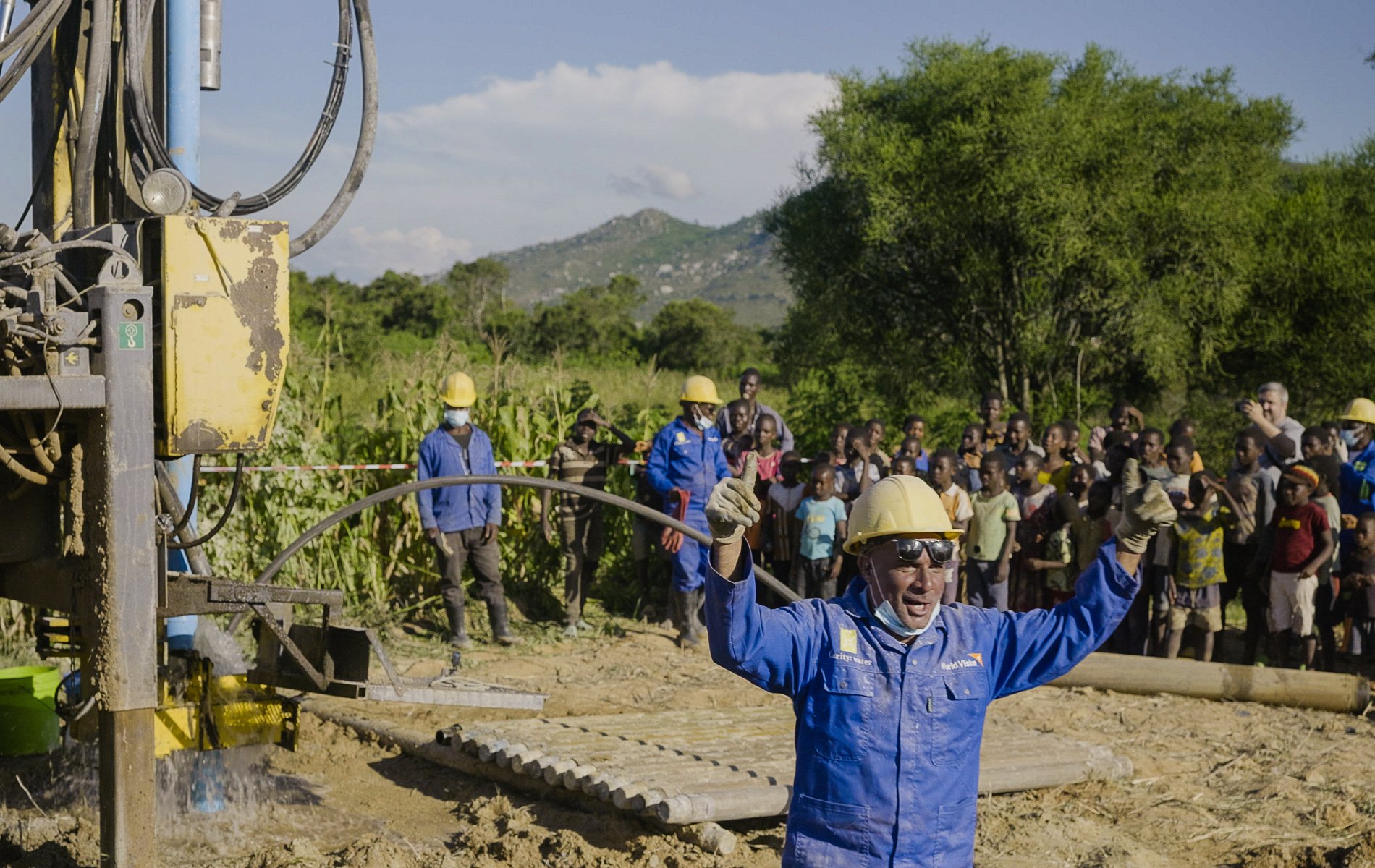
Once work begins, girls and boys, women and men gather at the dig site—drawn by curiosity and excitement—knowing this is a pivotal moment in their community’s history.
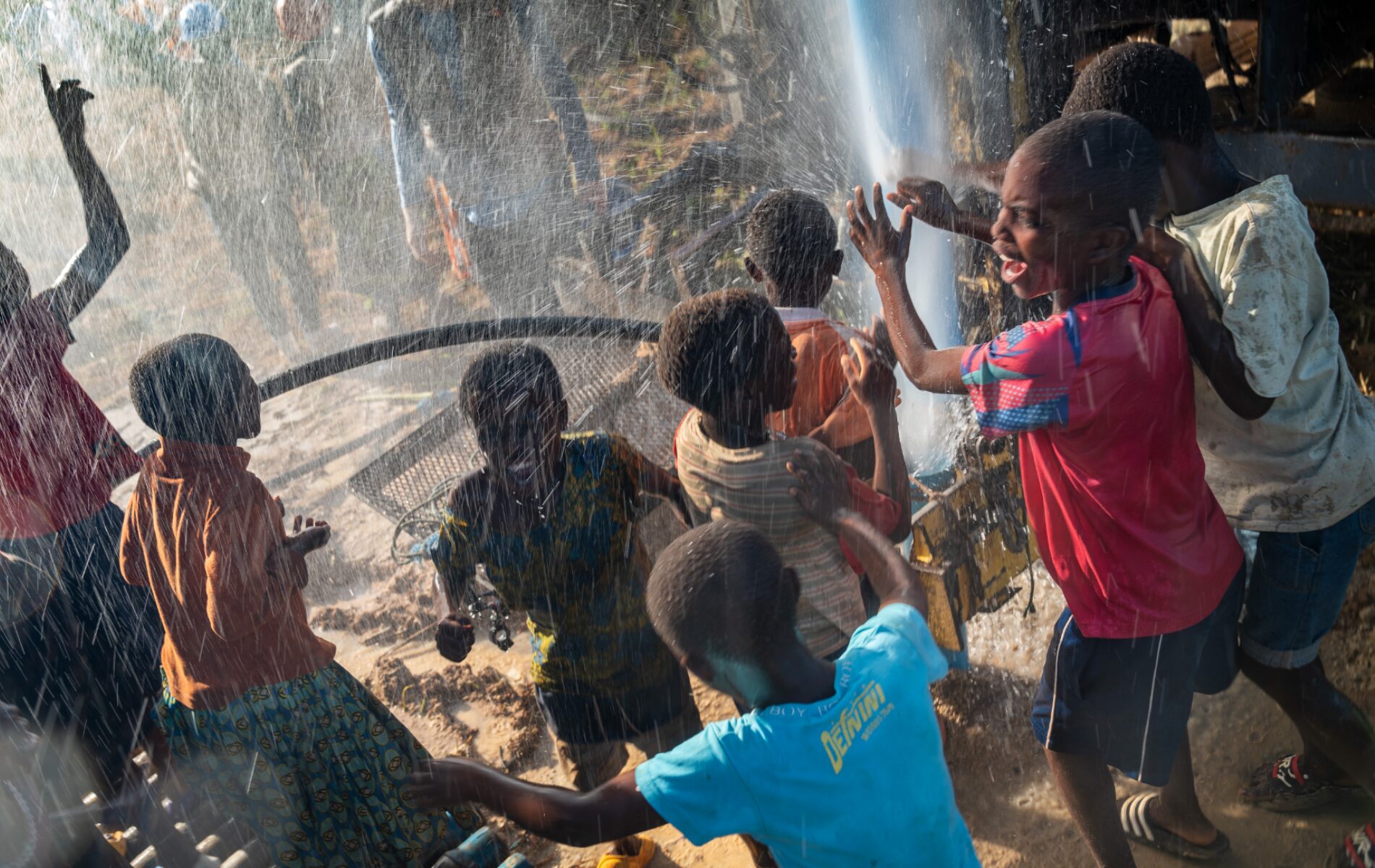
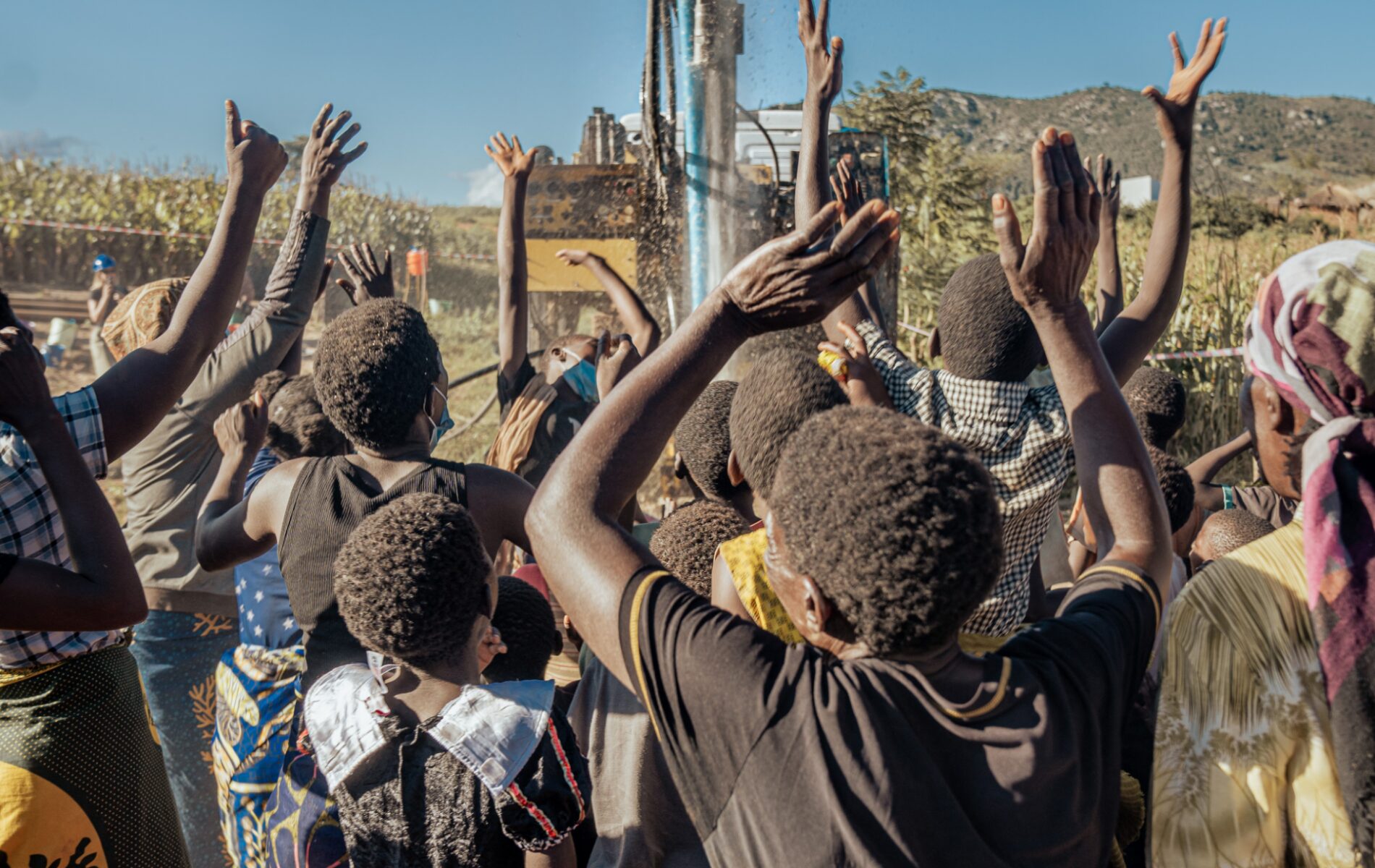
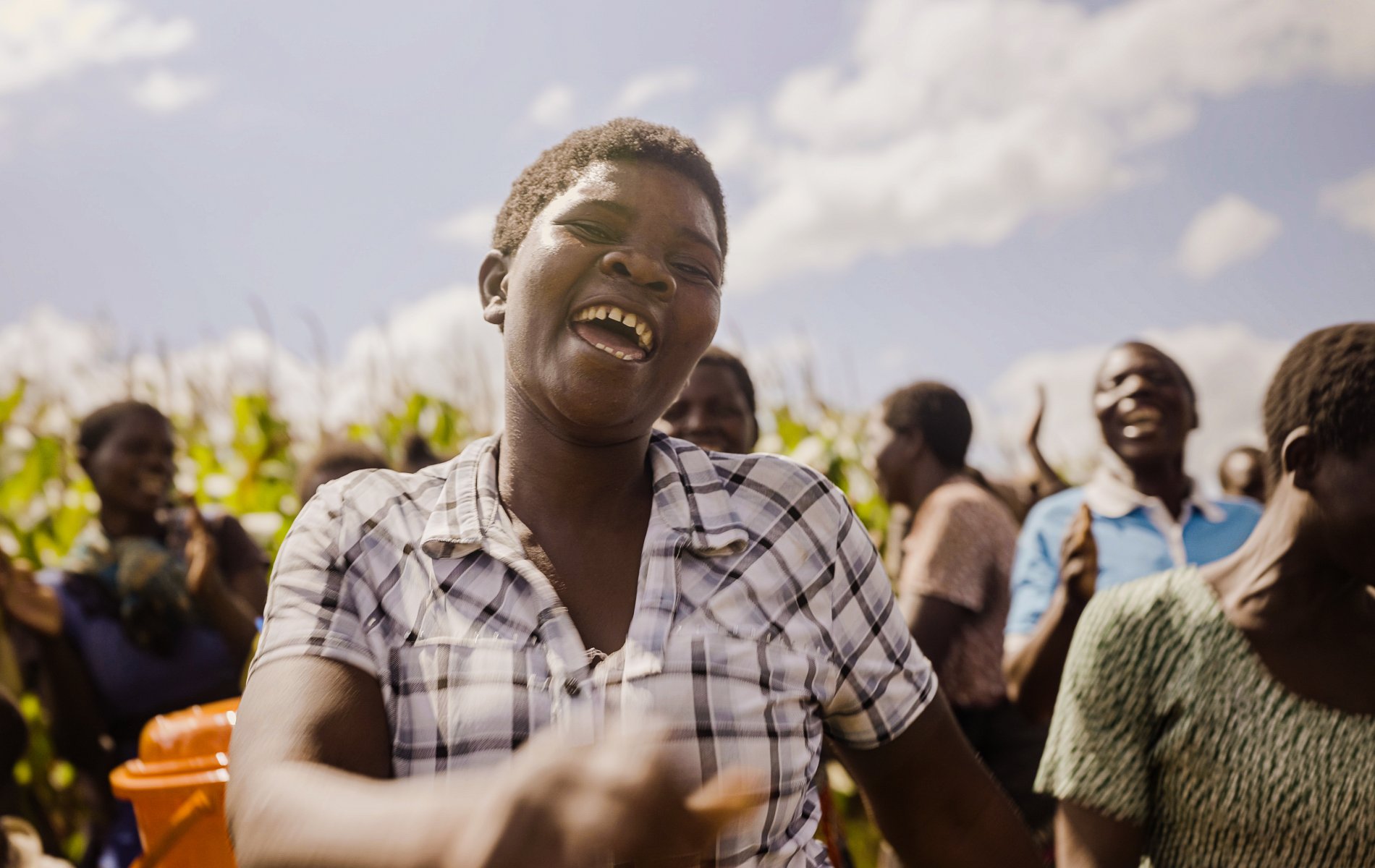
The entire community erupts in celebration—singing, dancing and cheering—as the water bursts from the ground like a geyser. It’s a moment of pure joy, impossible to contain, reflecting years of waiting, dreaming and resilience.
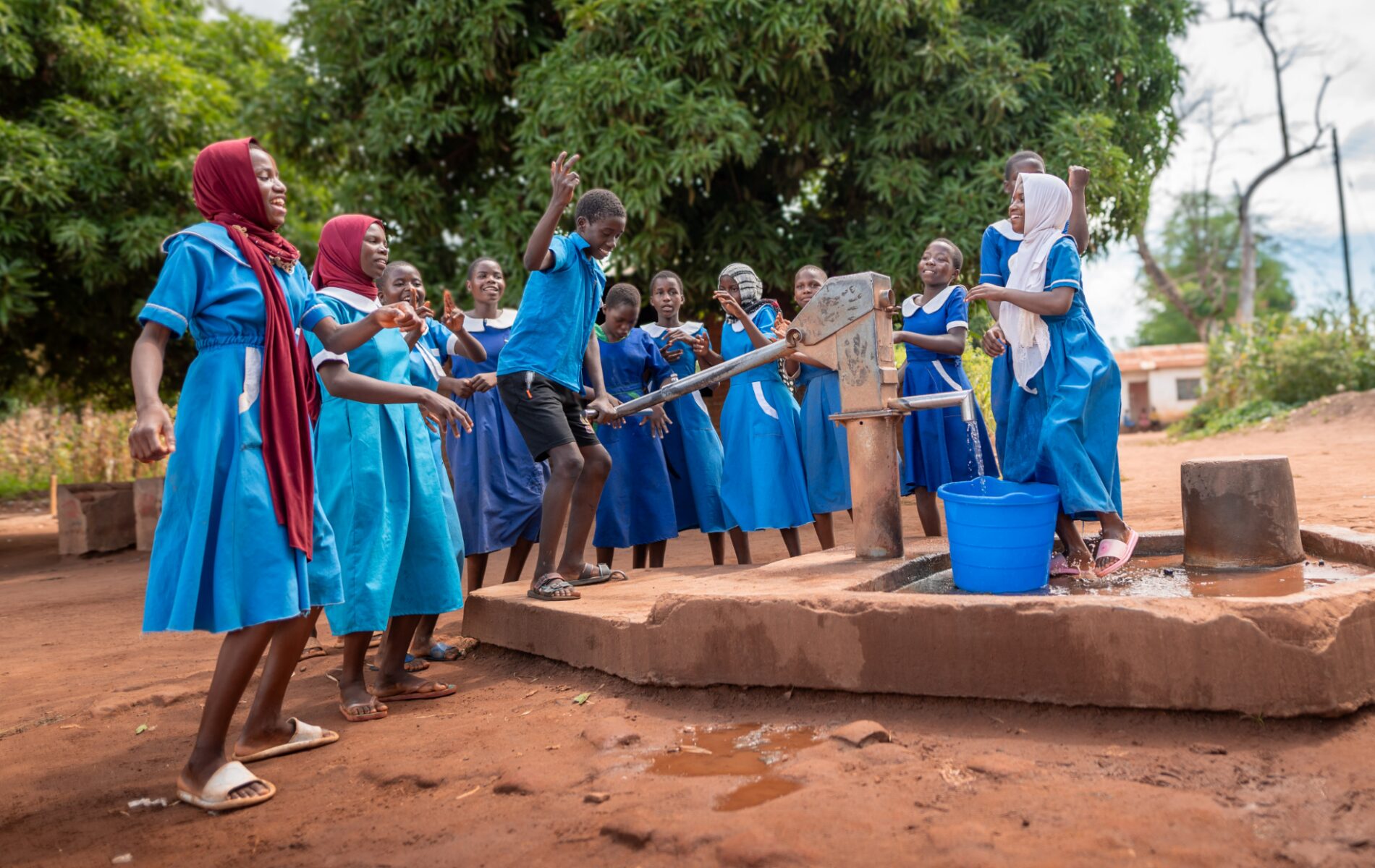
Feel the ripple effect
With water within reach, progress doesn’t just flow—it gains momentum, carrying the community from strength to strength.
Communities gain back time, health and opportunity. That’s when the next phase of their transformation begins.
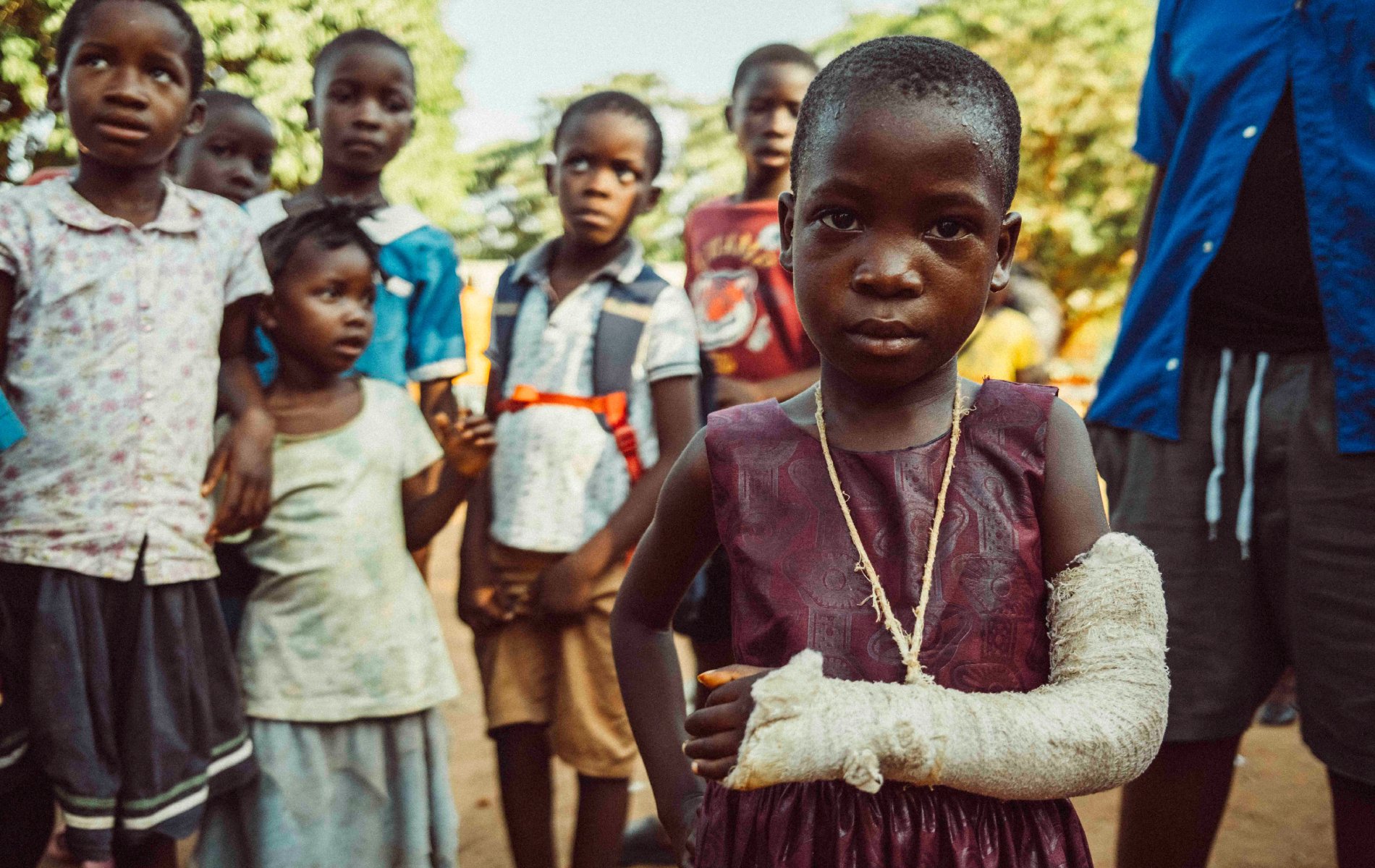
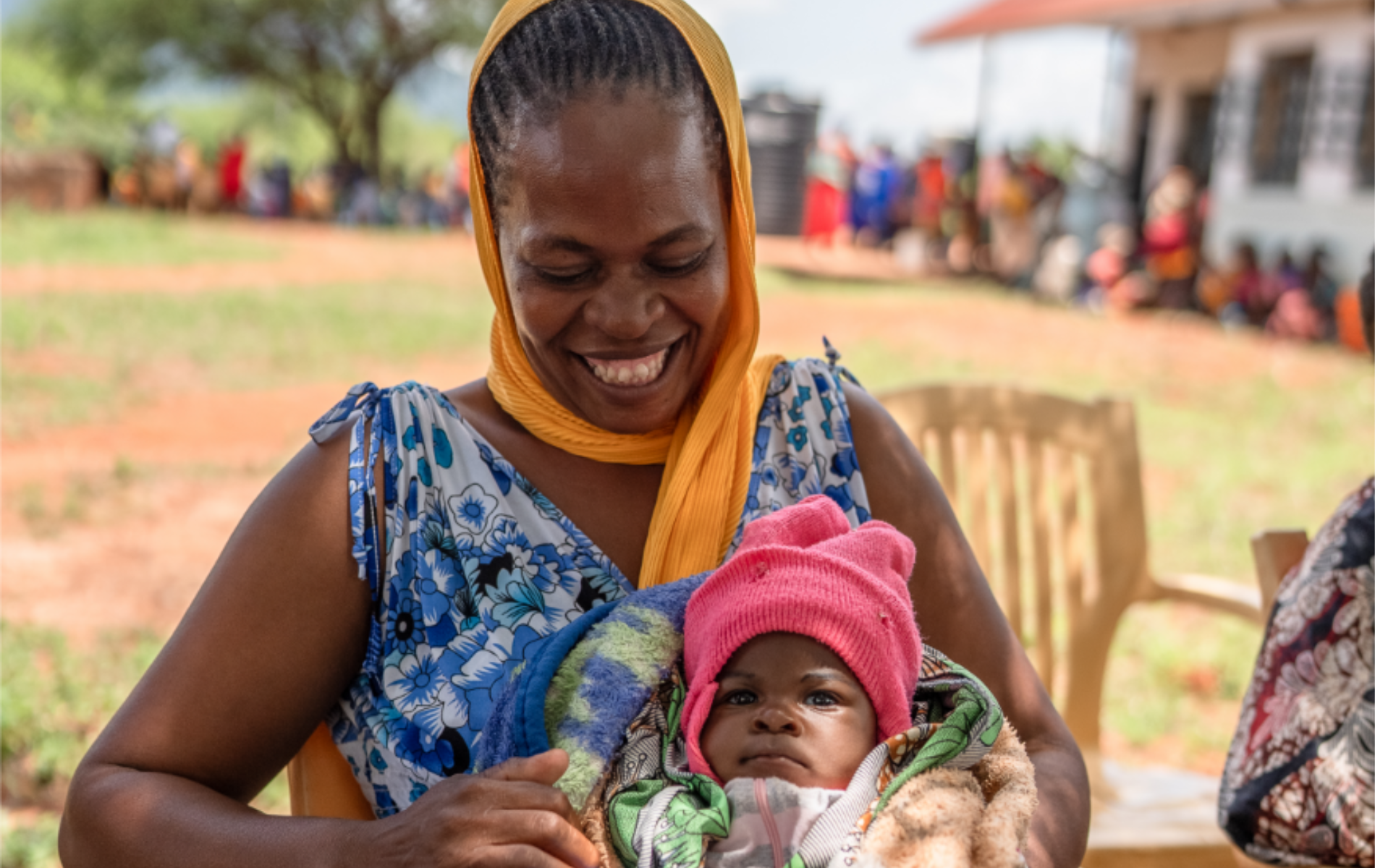
Health systems strengthen:
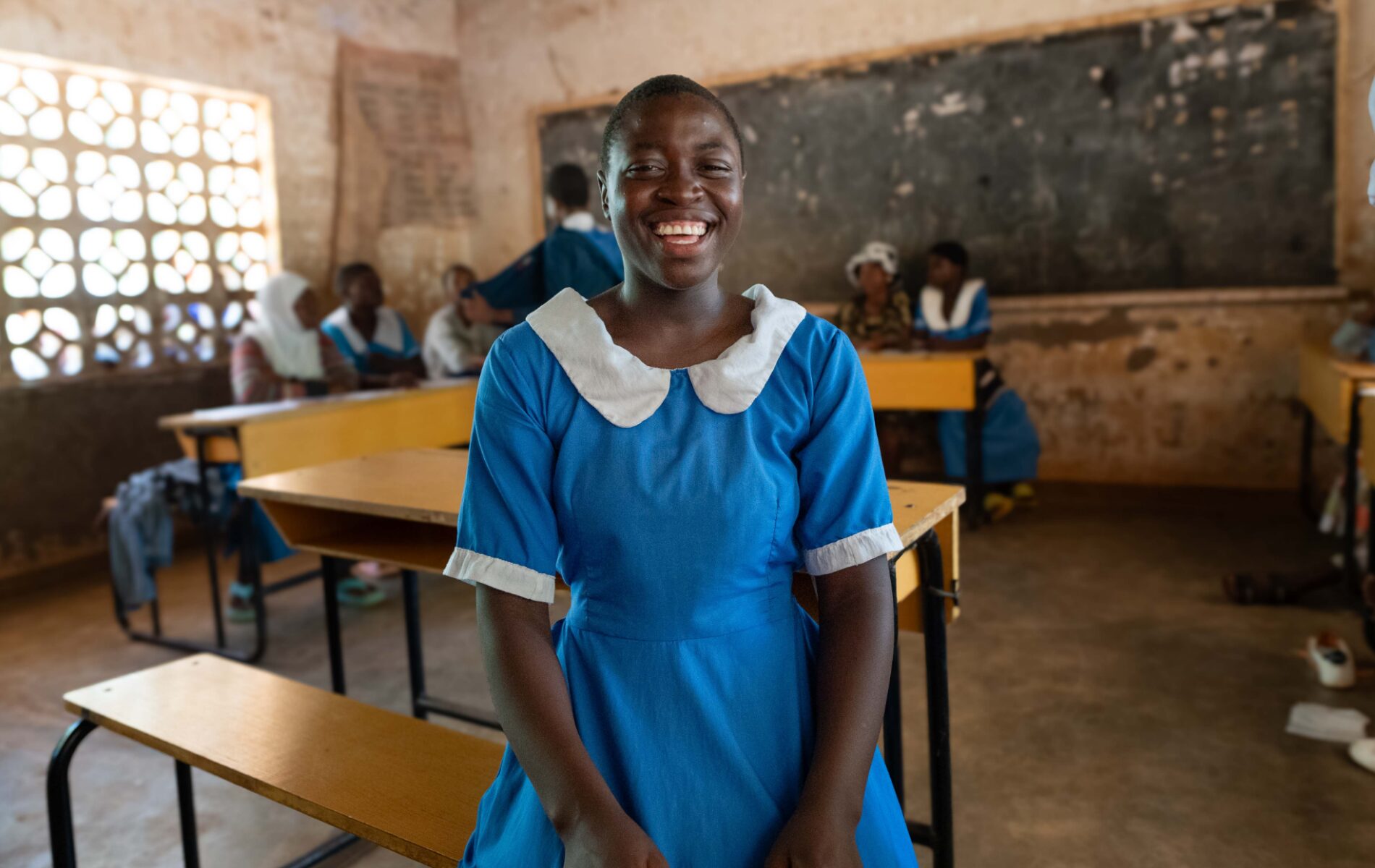
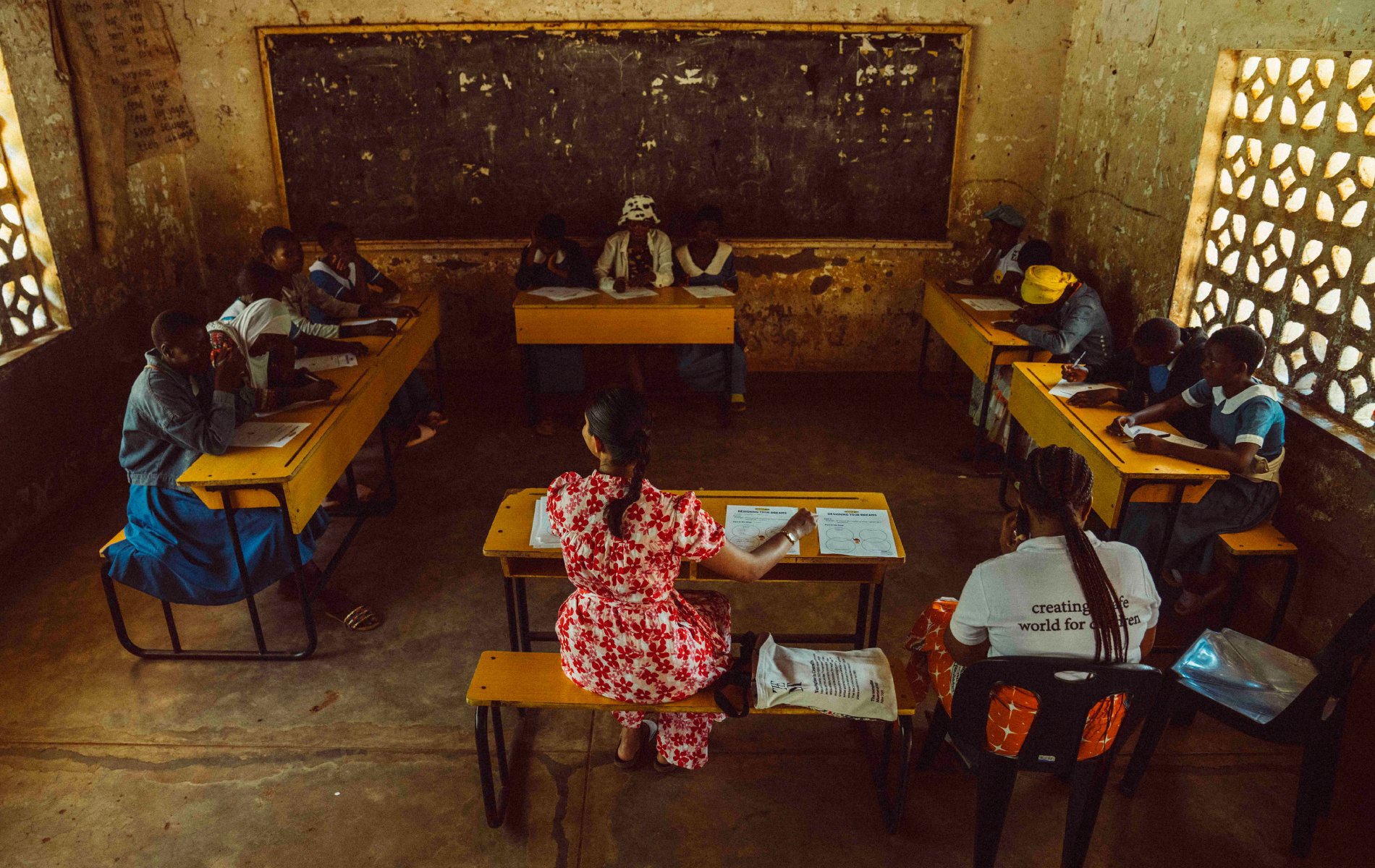
Education improves:
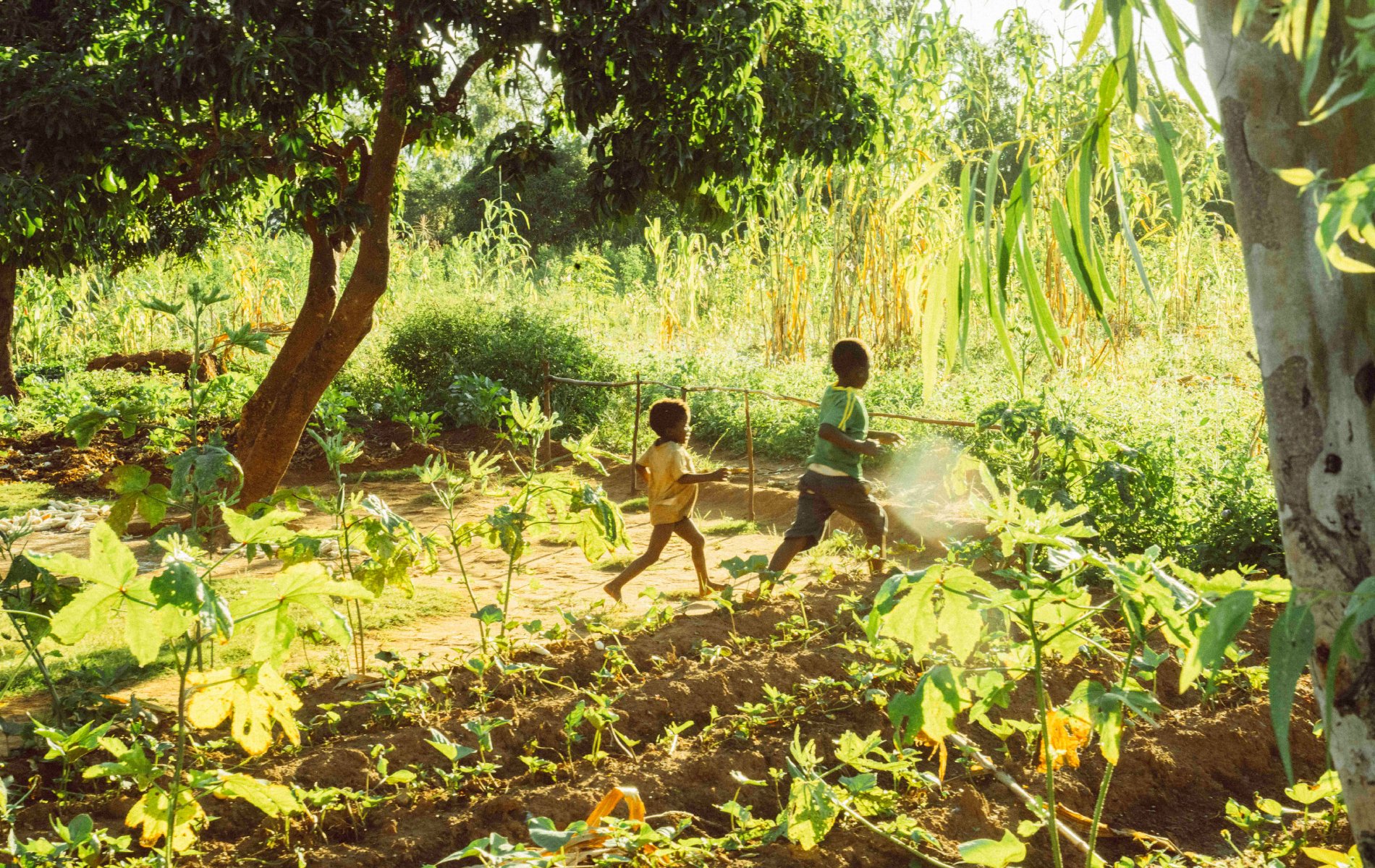
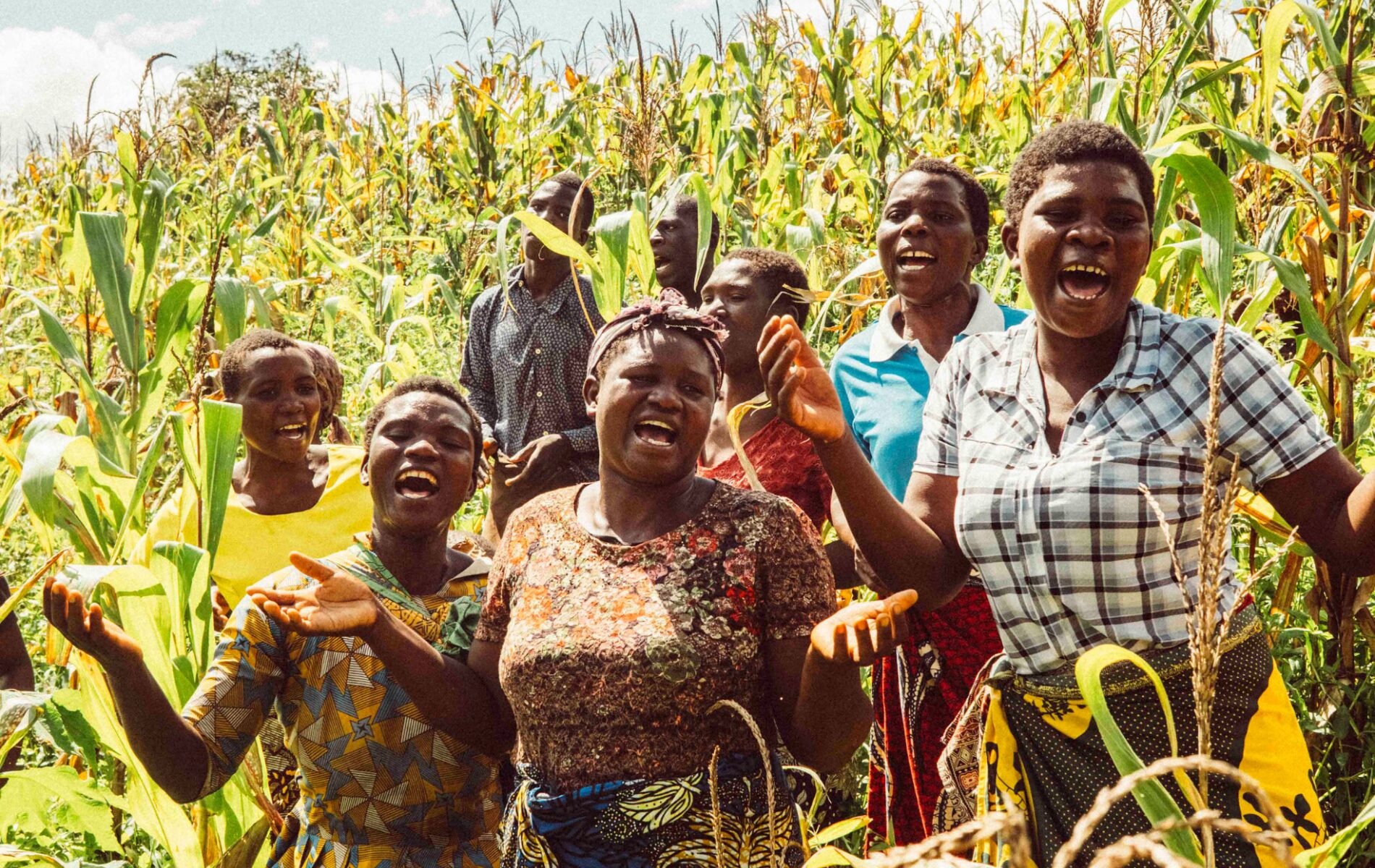
Economic opportunities grow:
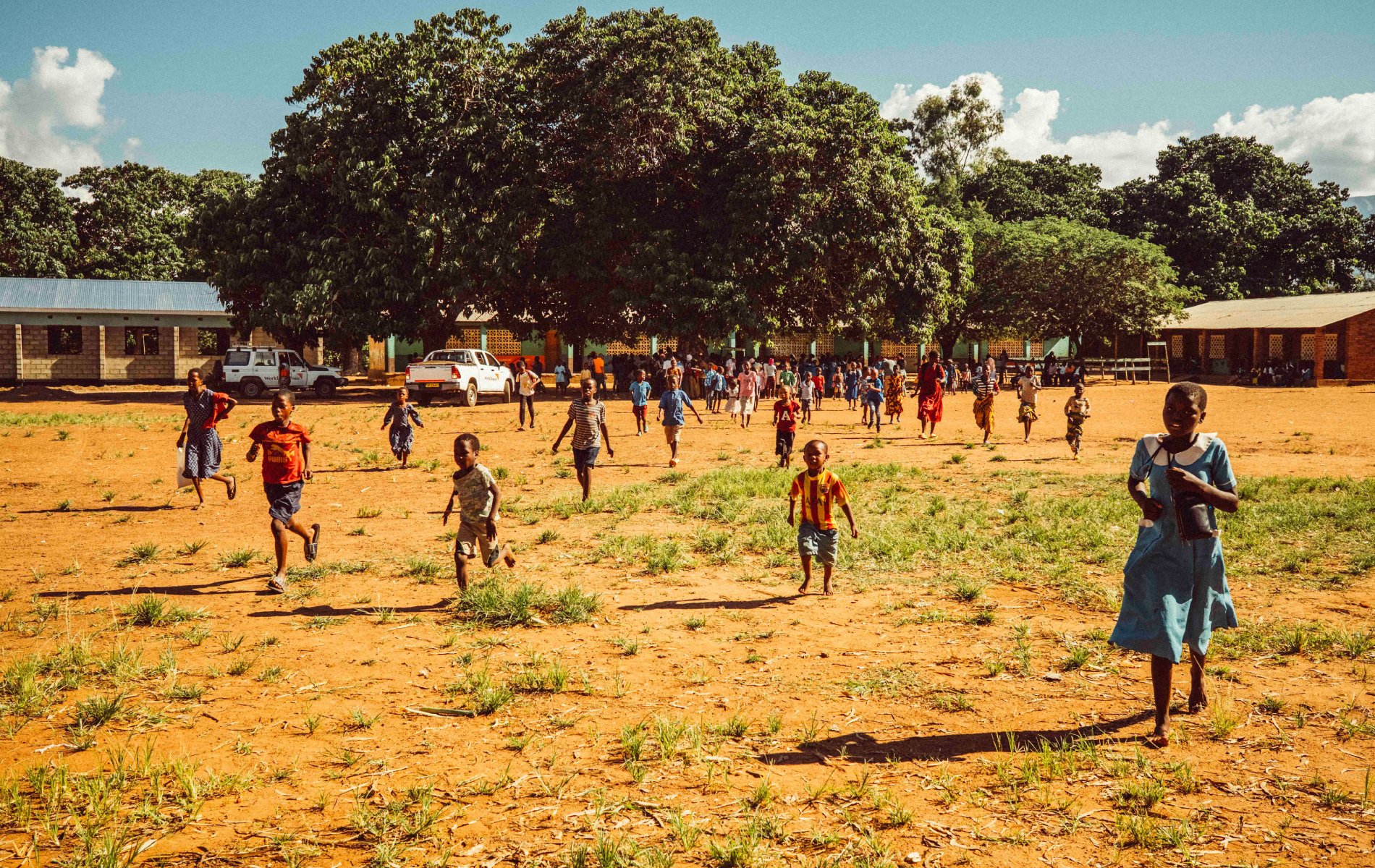
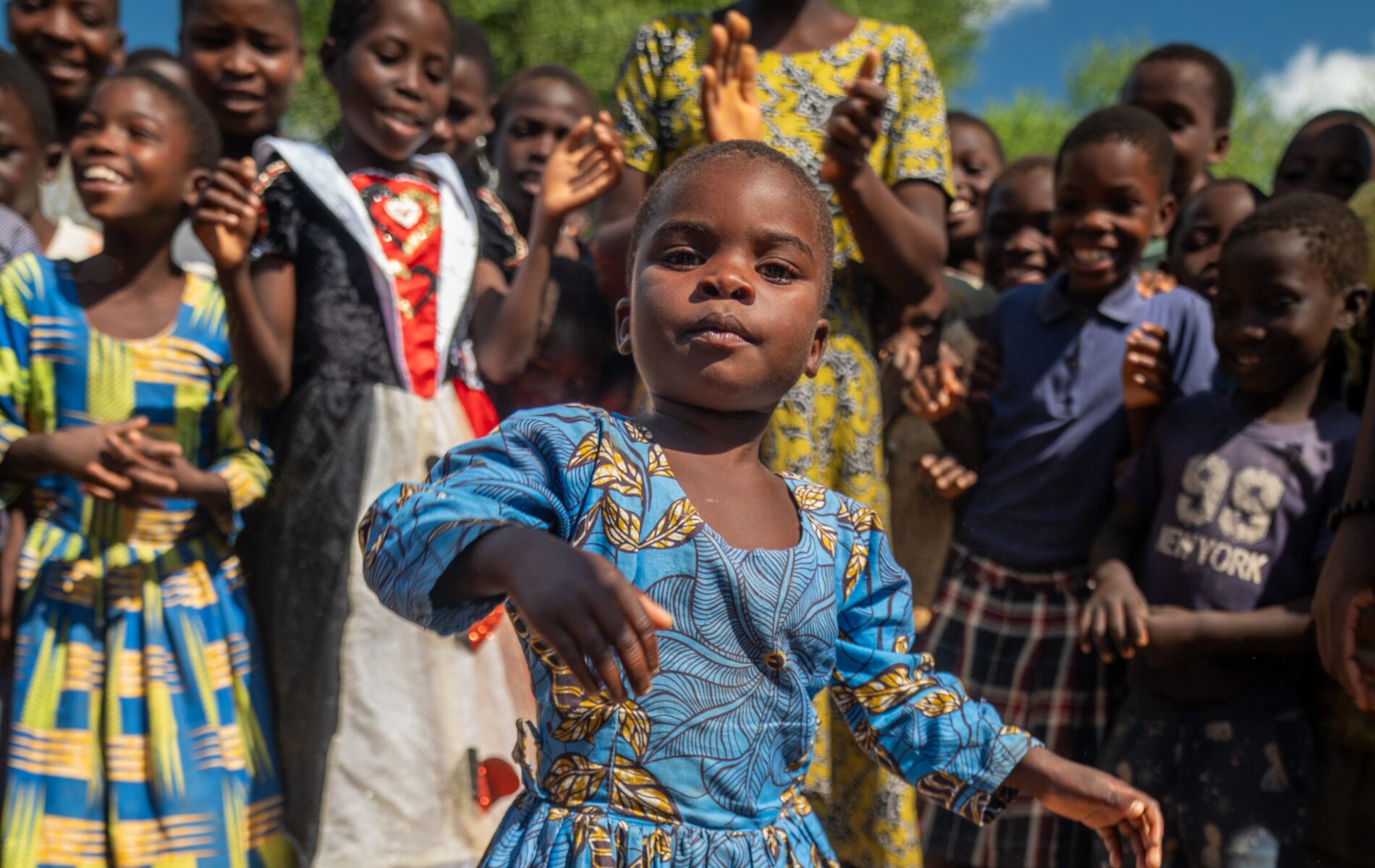
Social change accelerates:
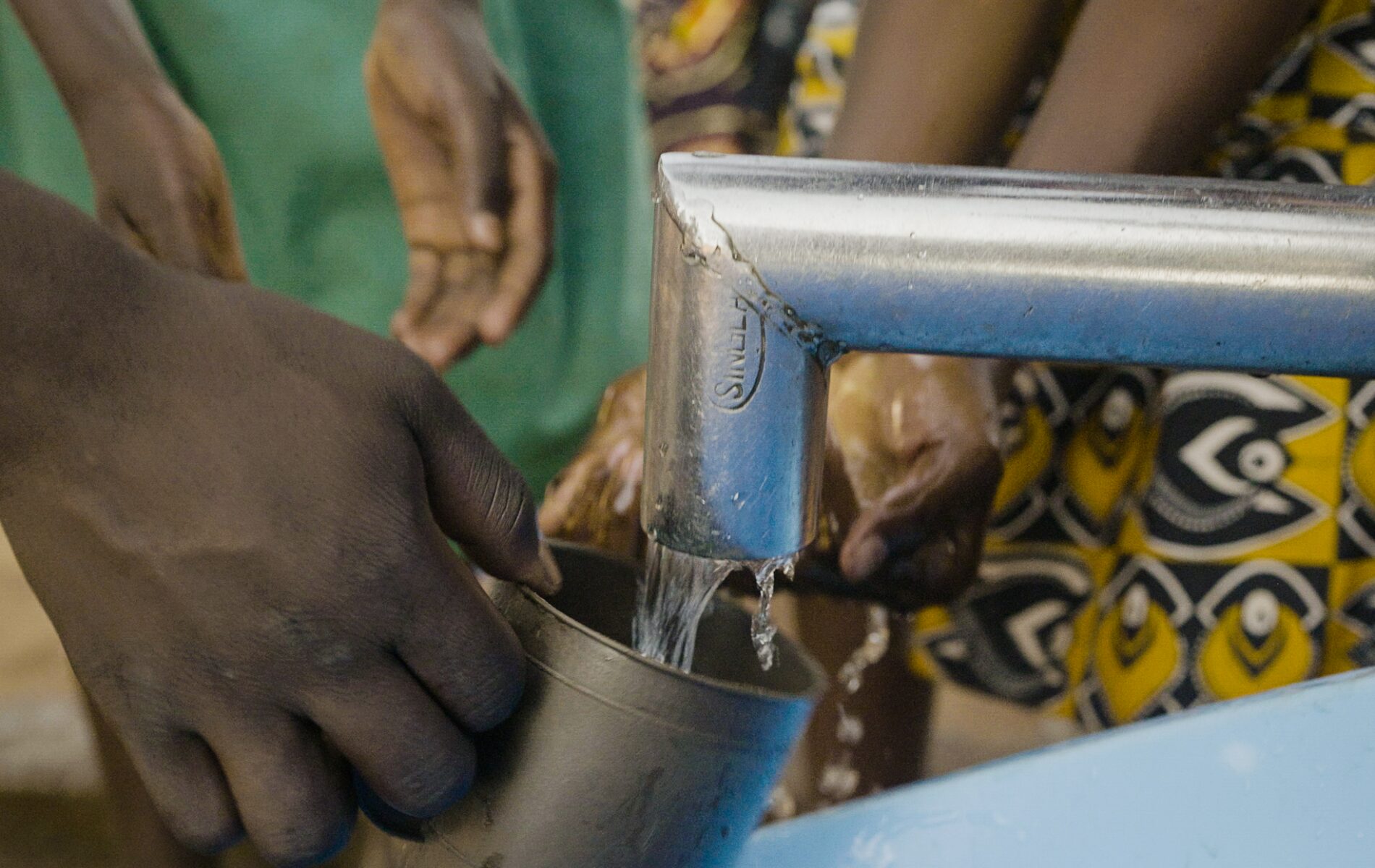
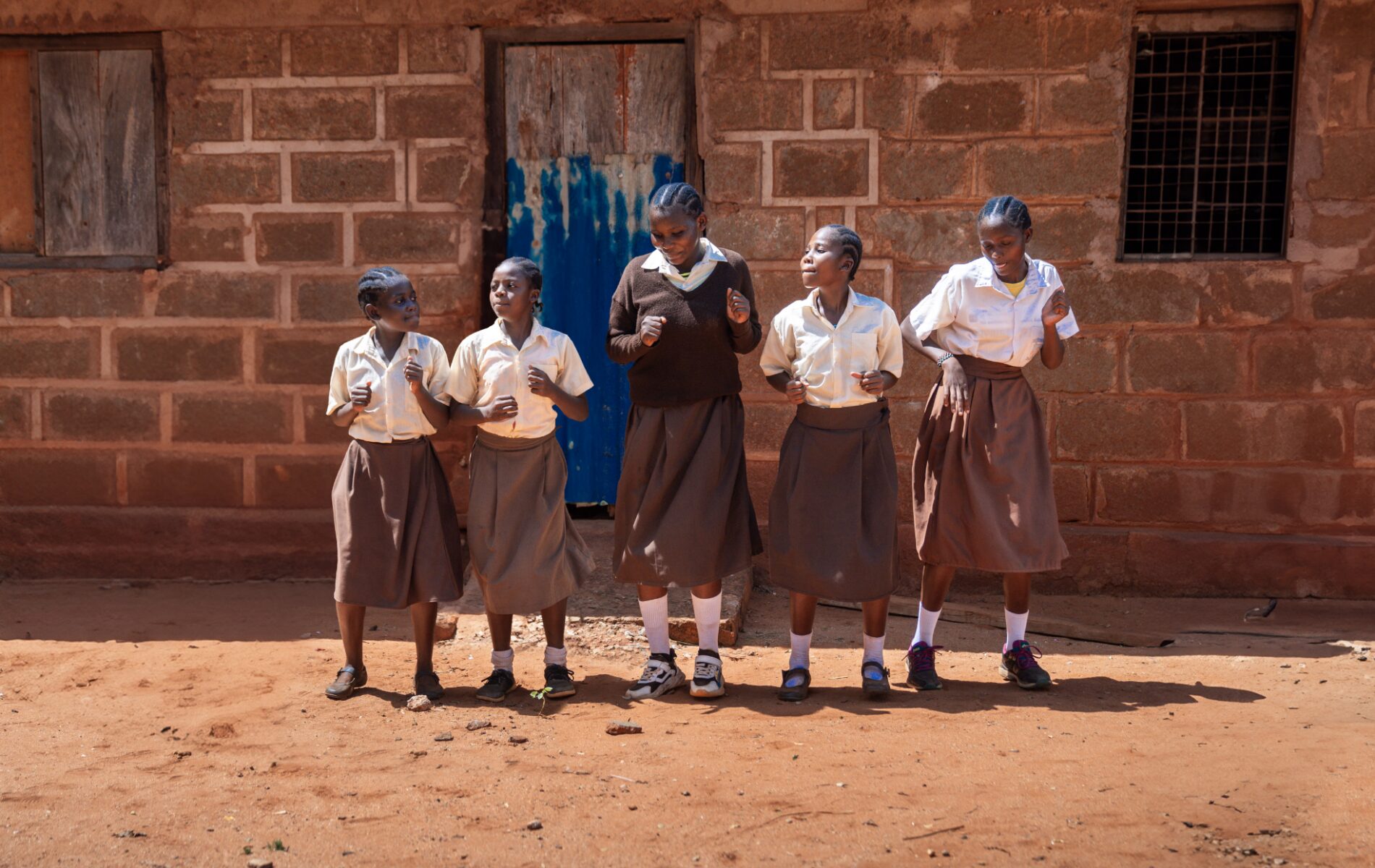
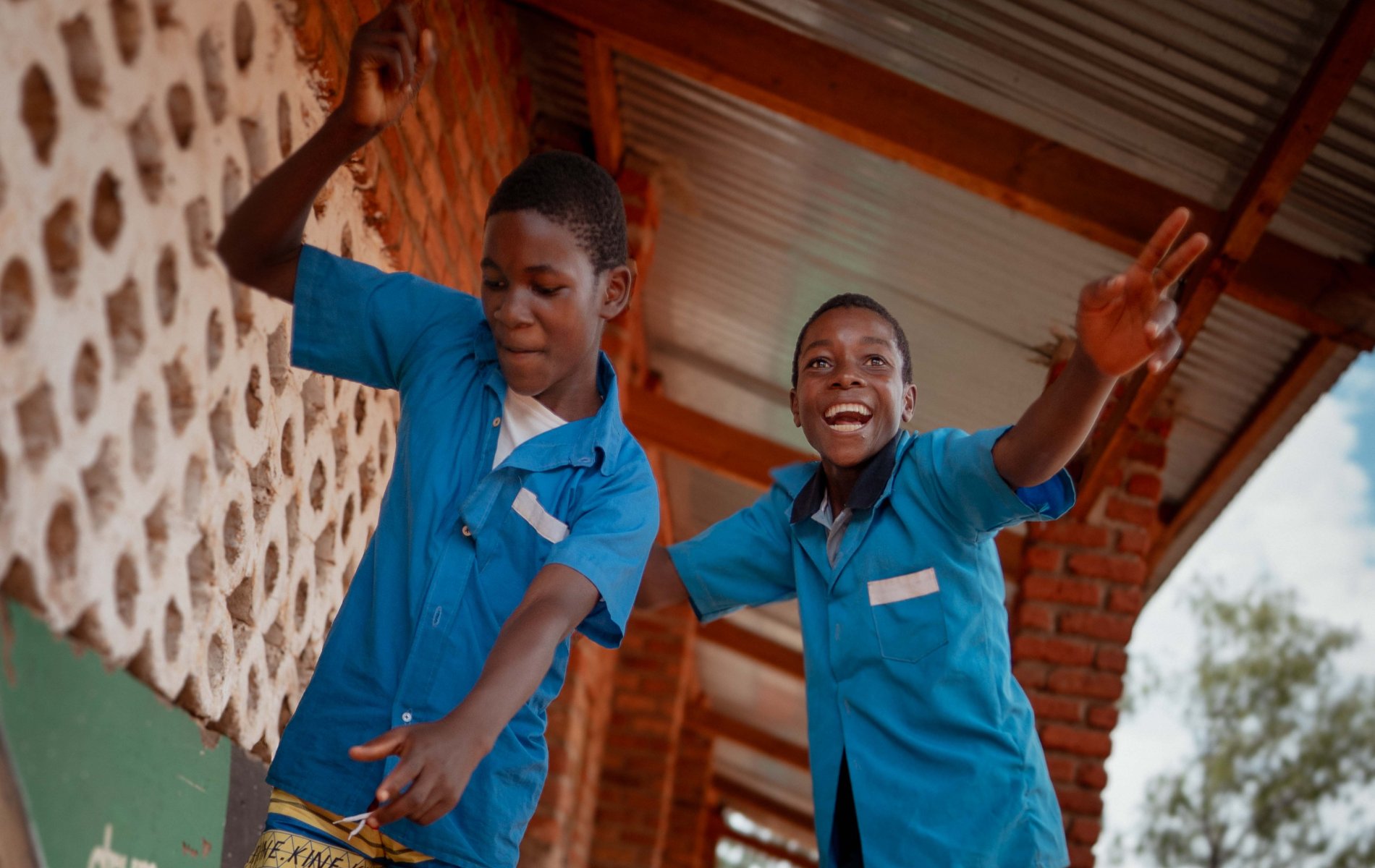
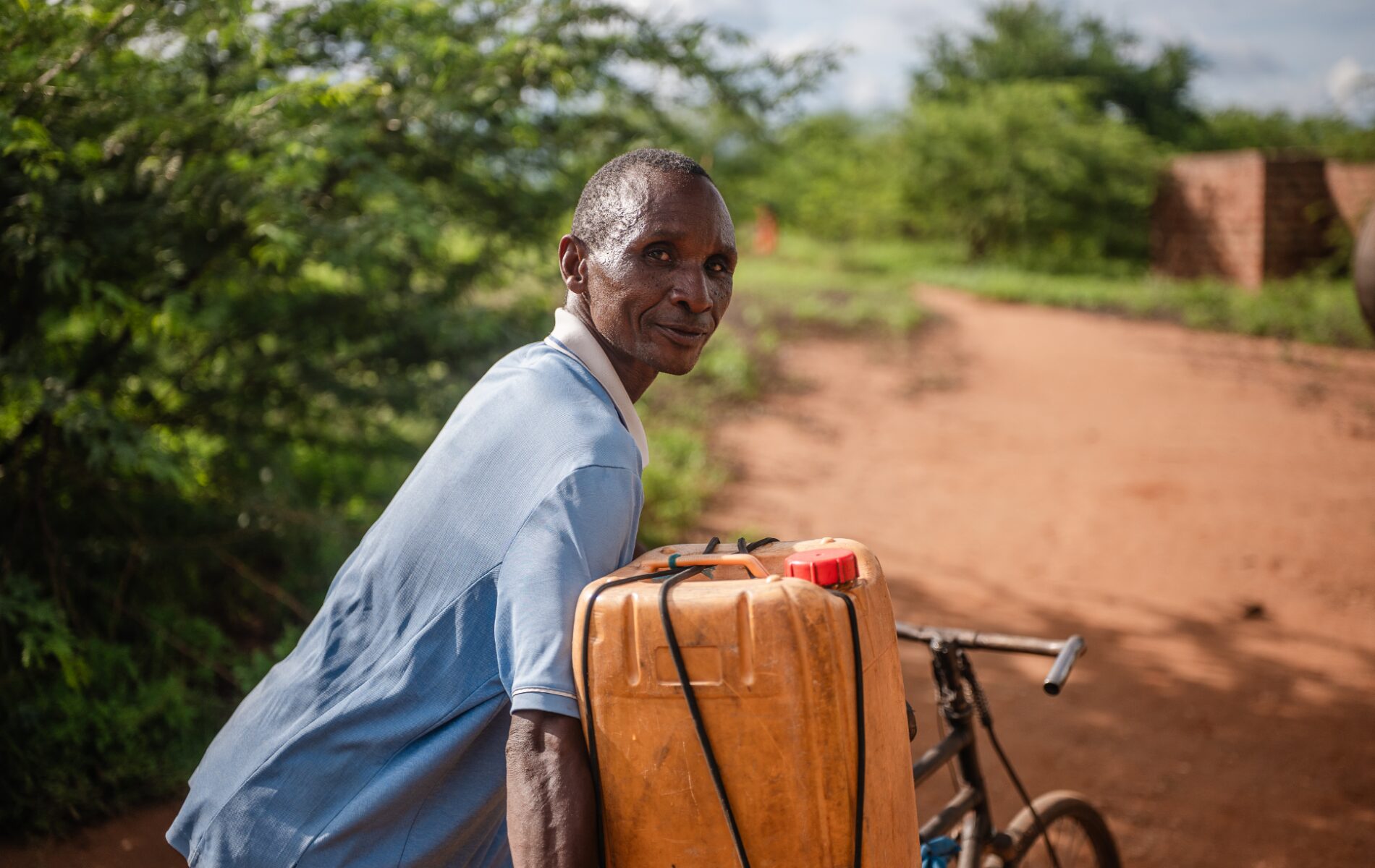
Tap into the rhythms of change
The truth about water is crystal clear.
Water should be a right for all, not just for a privileged few.
It’s time to turn awareness into action, so that clean, safe water flows freely for everyone, everywhere.
Join us in ending the water crisis in Taveta, Kenya. Rhythms of Change is bringing clean water closer to home for over 3,000 people by refurbishing wells and installing pipelines and solar panels. Help us raise $200,000 to make this life-changing project a reality. Every drop counts.
Donate Now